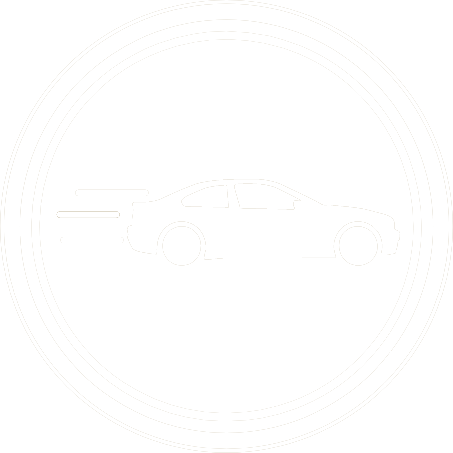Developed and homologated to compete in the South African Group 1, the Alfa Romeo GTV 6 3.0 was the most illustrious car featured in the April 1984 edition of CAR. The GTV 6 3.0 was the result of a co-operative programme run by Alfa Romeo South Africa, assisted by Autodelta, the parent company's competition division. This car needed to be homologated by building at least 200 examples for sale to the general public.
The existing 6 cylinder GTV 6 2.5 was no longer able to fend off the competition in Group 1 racing. Therefore it was decided to import certain engine components from Italy, and with these, increase engine capacity from 2493cc to 2934cc. Machining of cylinder block and cylinder head was done in South Africa. Six Dellorto carburettors were fitted instead of the fuel injected system used on the GTV 6 2.5.
This development programme raised power output from 118 KW to 128 KW at 5800 rpm. Equally importantly, maximum torque was now 222 N.m at 4300 rpm. This ensured strong acceleration out of corners. The modifications worked. The road going version accelerated from 0-100 Km/h in 8,3 seconds. To put that into perspective, the GTV 6 2.5 took 10,8 seconds, and the Alfa GTV 2.0 with its 1962cc 4 cylinder engine completed the task in 11,4 seconds. Another car considered sporty at the time the Ford Sierra XR-6, stopped the watch at 9,4 seconds (released in the second half of 1984.)
In the maximum speed test which CAR magazine carried out, with their special electronic equipment, the GTV 6 3.0 ran to a genuine 217 Km/h.Alfa Romeo then requested that the rev limiter be removed, after which the test car reached 224 Km/h. CAR magazine proclaimed : "GTV 6 3.0 now fastest production car made in South Africa."
BMW fans did not like that, and in the following months appearing in Motorists Forum,the fans repeatedly pointed out that the BMW 745 i had not been tested by CAR magazine, yet. Besides, the 535 i fitted with a close ratio gearbox was good for 220 Km/h (as tested for the January 1983 edition.) The sticker price for the top Alfa was R 29 500. Anybody who witnessed Group 1 racing at that time will testify that the modifications worked on the track, too.
1984 heralded the arrival of the Volkswagen Citi Golf. The Citi Golf was a simple development of the original LS 1300 with a new color scheme to freshen up the base model. The 1297cc 4 cylinder made use of a Keihin carburettor which developed 48 KW. It was exactly what many younger motorists were looking for, and it soon became a familiar sight on the roads.This vehicle sold for R 7 600.The television advertisement for the 1984 Citi Golf went something like this : "Red yellow blue (not green). Du bi du bi du. Red yellow blue. This one's for you."
The Toyota Cressida LS represented honest, down to earth motoring. Its carburettor fed 1770cc engine delivered a mere 58 KW, always got you from A to B, and sold for R 10 500.
The final vehicle to be featured in the April 1984 edition of CAR magazine was the Range Rover. Now available with a 5 speed gearbox, the Range Rover was a full time four-wheel-drive utilizing Zenith Stromberg carburettors, the 3528cc 8 cylinder developing 97 KW of power and 251 N.m of torque. In the test it was mentioned that the gearchange was heavy and slow, and that the model still had excessive gearbox whine. 0-100 Km/h took a leasurely 16 seconds. Test summary : "Has extraordinary capabilities both on and off road - to the point where it still has no rival able to mount a serious challenge in both areas." This fully imported car was expensive - R 44 200.
1984 had seen completely new cars being released : the BMW 3 series, Audi 500, Ford Sierra ,Golf 2, to name a few. Unlike previous years which had seen old models merely facelifted. It was a time of great advance in the South African motor industry.
Written by Kenneth Neuse, your All Things Motoring International correspondent, in Charlotte , North Carolina, U.S.A











